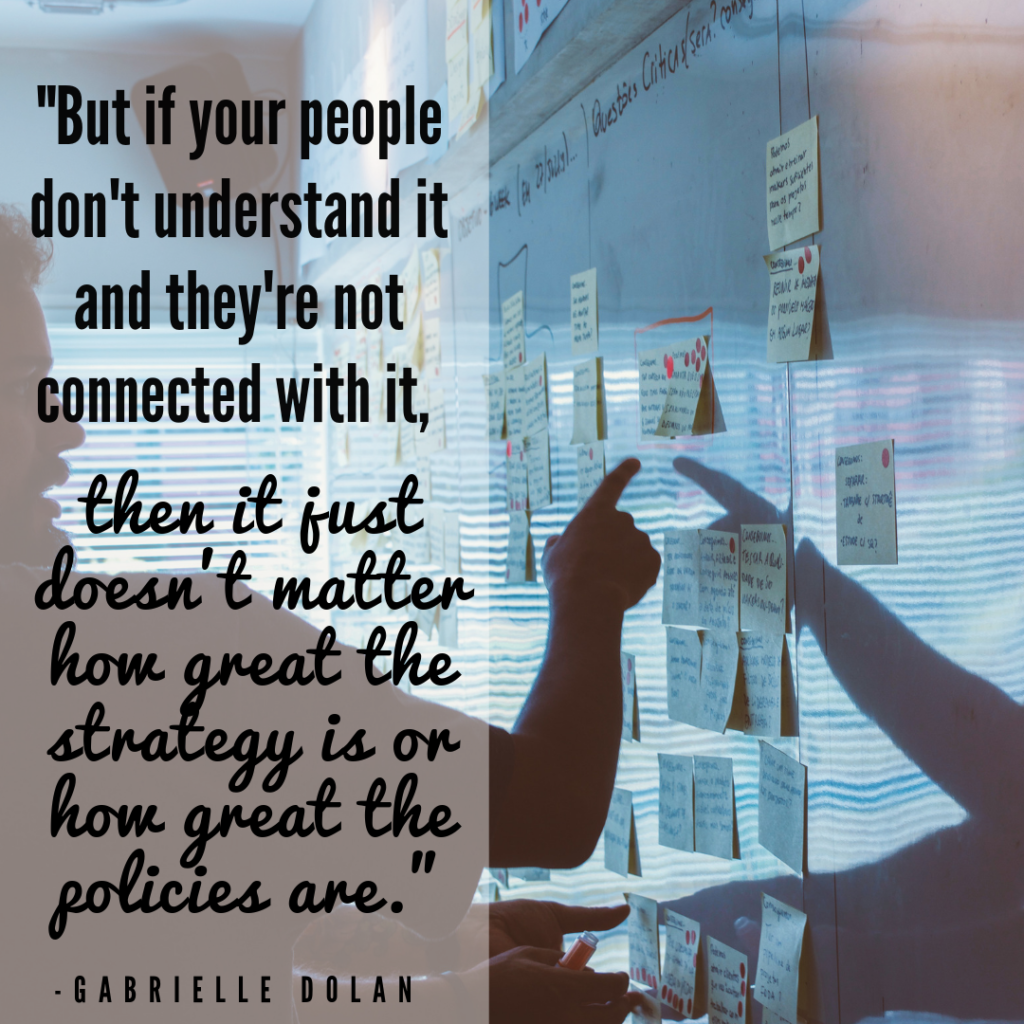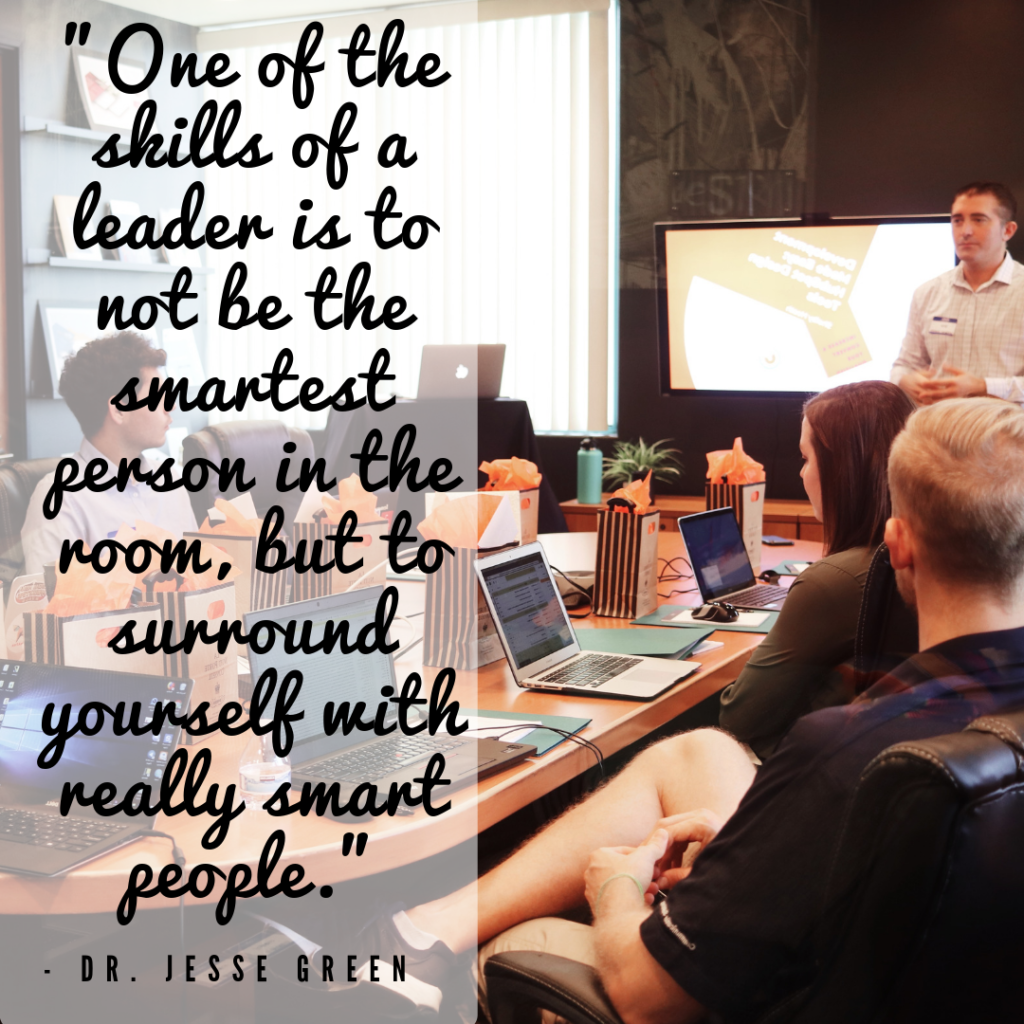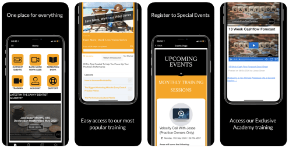How does storytelling have anything to do with fixing people’s teeth? Why are we even discussing storytelling on a dental business blog? And who leads teams by telling them stories anyway?
I can almost hear the gasps as I write this down. Maybe I am mistaken, you think; but what if I tell you I am not? Yes, I am talking about storytelling, and yes I am talking in the context of a more effective leadership role via storytelling. How you ask? By understanding the evolving needs and demands of the new millennial.
Key Challenges of Leadership Today
We may have evolved with the businesses we do today, we may have progressed to digitalization too, but our core values and role management ethics remain the same. Even today a leader is considered to be someone who has all the answers, exhibits great strength and leads authoritatively. All that sounds quiet poetic, and perhaps even doable if leading the baby boomers; but they are on their way out of the workforce.
Offices are now filled with the new generation primed up and ready to provide the answers rather than receive them. They are excited to find solutions and driven to introduce new methods of business. Needless to say, old school leadership techniques will not only be ineffective, but will take away from them the drive and motivation to give it their all. So you can either be right all the time and limit your growth, or open up to them and allow them to help you lead your business to new heights of success.
How Storytelling Can Help
Storytelling is a powerful tool in effective communication. Does your team even understand what you are saying? Do they engage and connect with it? Say you are working on a new strategy or a project and you are super excited about it, you go up to your team and tell them what needs to be done, but they don’t share your enthusiasm and excitement. That is because they only received commands. They do not feel engaged enough because you never shared your enthusiasm with them. And that’s where storytelling comes in. It helps you connect with them on a more emotional level.
Storytelling is a very powerful tool for communicating in a more authentic way; to connect with your team on an emotional level rather than an authoritative level. When people are emotionally connected, then they are more productive and driven to meet their goals and yours too.
According to research, brain reacts differently when we hear a story as opposed to when we hear facts, figures, logic and all that jargon. Storytelling really affects our hormones. According to neuroeconomist Paul Zak, our brain produces cortisol, the stress hormone, during the tense or conflicting moments in a story, which enables people to focus and pay more attention. Similarly, happy moments release the feel good hormone oxytocin which promotes empathy and connection. A happy ending to a story will trigger the limbic system, or in layman’s words the brain’s reward centre, which in turn releases dopamine, making us feel optimistic and more hopeful.
This little science of storytelling can help you get your team to be more motivated, optimistic, focused and connected. All the things that you want from a team but cannot forcefully achieve.
Be Vulnerable But Avoid Too Much of It
Storytelling does not really mean entering the office, gathering up your team in the conference room and telling them about your little munchkin’s practice football game the day before. There is a fine line between opening up to your own fears and limitations and oversharing. But at the same time, what might be a moment of vulnerability in one case may be just random jargon in the other. Storytelling has to be real, personal and instinctive.
Common Mistakes in Storytelling
- ‘Let Me Tell You a Story’: There is something about this phrase that zones the other person out instantly. Nobody wants to hear a story until they hear one. Start with something like ‘this is similar to the time I got stuck in an elevator.’ This way, they don’t know what’s coming their way, and by the time they realise it, they want more of it.
- Don’t Go on For Too Long: This is pretty obvious, and I don’t want to go on about it either. But yeah, keep the story less than two minutes under any circumstances.
- One Story at a Time: There could be five different morals of a story or five different stories with the same moral, all extremely important, but seldom relevant. Make sure you know how the story will end and keep to one moral and one story; eliminate all other information that does not support that purpose. They’ll get their turn another time.
How to Tell a Great Story
- Stick to the Basics- Beginning, Middle and End: Stories have a very basic three layered pattern- stick to it. Avoid too many bumps and turns and loopholes. And always have an end to a story. Don’t be the person who starts a story without an end, you’d lose audience faster than your client lose their painful tooth.
- Be Specific: Do you really have a story or is it just something that happened to someone somewhere? Stories are effective because a listener can visualize through storytelling that makes them more empathetic. And if the story is vague, without any specific details then they wouldn’t visualize, or empathize or give two cents about it.
- Tell Your Story- YOU HAVE TO HAVE PASSION: Someone somewhere might have had told a great story; the story might even have helped him become the greatest leader that ever lived. But that was their story, you need to find yours. You have to be passionate about what you are talking about, or no story would be great enough. Make it personal and make it relevant.
- Develop Your Ideas and Your Expertise: As a dentist, think about events in your life that led you to become a dentist. Who inculcated the values of being punctual or disciplined or what mistakes did you make as a leader in the beginning. Be vulnerable and be you!
So there you go, everything you need to know about the importance of storytelling and ways you can incorporate it into your practice.
P.S. Whenever you’re ready …. here are 4 ways I can help you grow your dental practice:
- Grab a free chapter from my book “Retention – How to Plug the #1 Profit Leak in Your Dental Practice”
The book is the definitive guide to patient retention and how to use internal marketing to grow your practice – Click Here - Join the Savvy Dentist community and connect with dentists who are scaling their practice too
It’s our Facebook group where clever dentists learn to become commercially smart so that they have more patients, more profit and less stress. – Click Here - Attend a Practice Max Intensive live event
Our 2 day immersive events provide access to the latest entrepreneurial thinking and actionable strategies to drive your practice forward. You’ll leave with a game plan to take your results to the next level. If you’d like to join us, just send me a message with the word “Event and I’ll get you all the details! – Click here - Work with me and my team privately
If you’d like to work directly with me and my team to take your profit from 6 figures to 7 figures …. just send me a message with the word “Private”… tell me a little about your practice and what you would like to work on together, and I’ll get you all the details! – Click here






